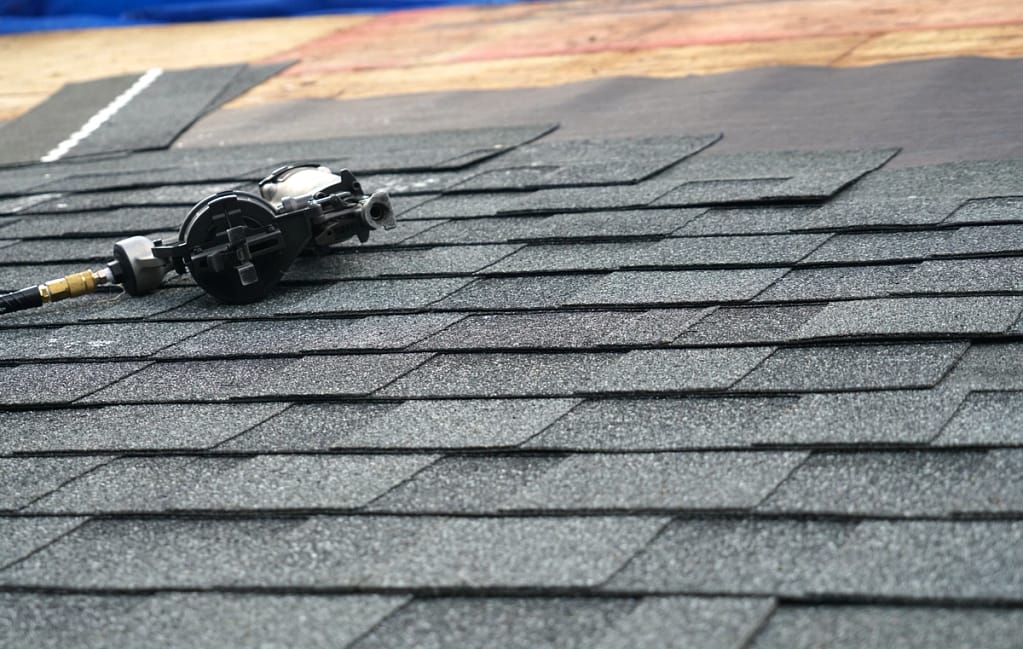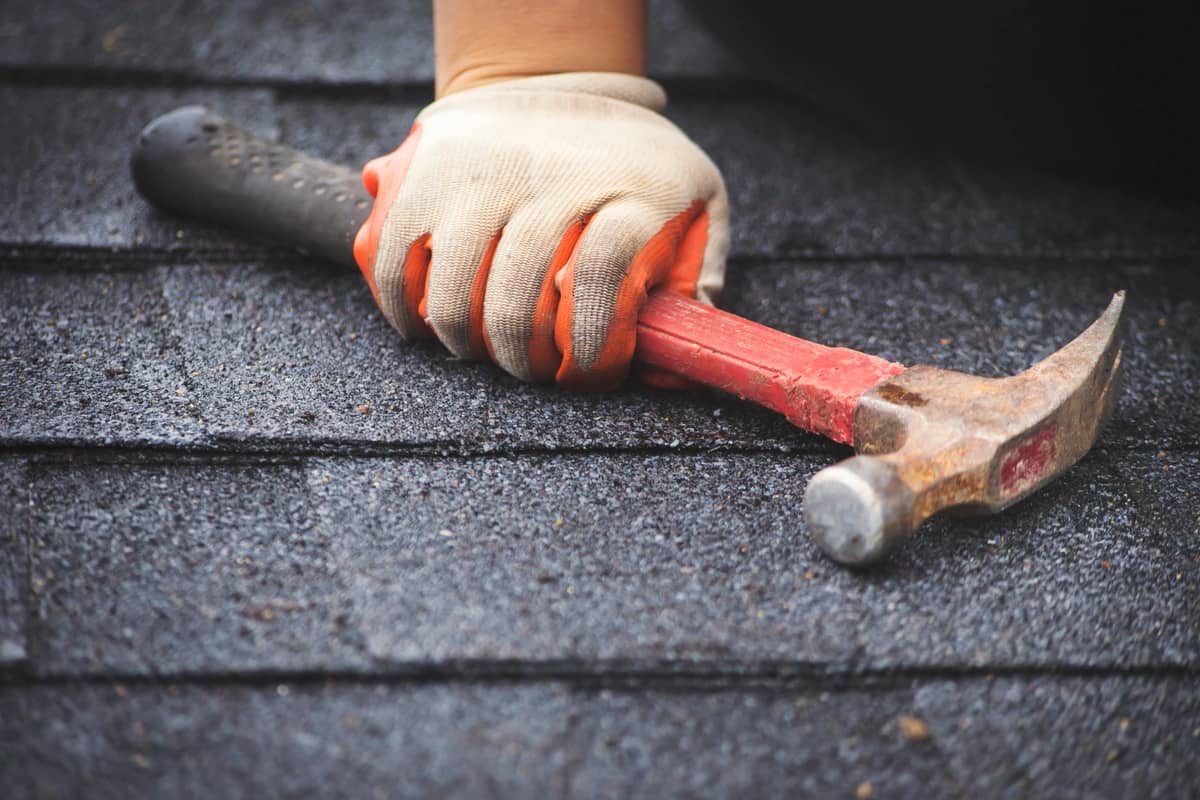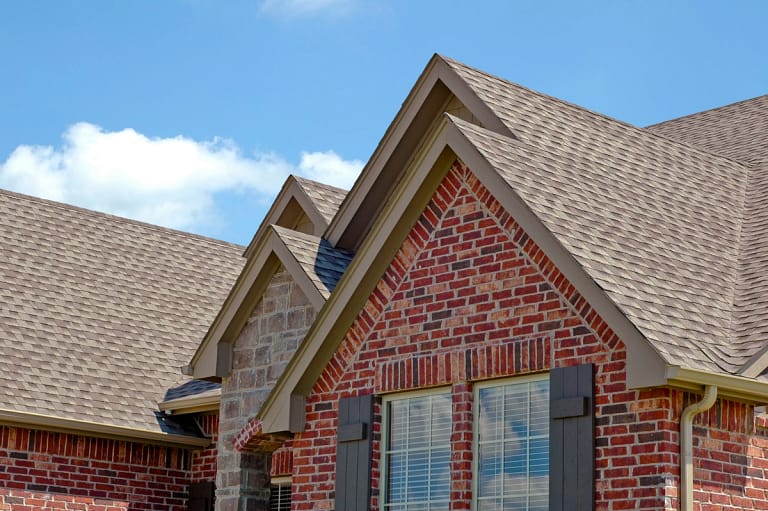Your home’s roof is a critical component, shielding you and your family from the elements and ensuring your comfort. Over time, it’s not uncommon for roofs to require:
- Maintenance
- Repairs
- Replacements
To address these roofing tasks effectively, homeowners should consider having a set of essential roofing tools at their disposal.
In this comprehensive guide, we will explore why homeowners should invest in roofing tools, the best roofing tools to own, when it’s advisable to hire a professional, and how to identify signs of roof damage.
Why Homeowners Should Invest in Roofing Tools

Owning the right roofing tools offers numerous benefits, including cost savings, convenience, and timely maintenance. Here are some compelling reasons why homeowners should consider investing in roofing tools:
- Cost Savings: Employing professional roofers for every minor repair or maintenance task can become a costly endeavor. By possessing the necessary tools and skills, homeowners can tackle many small roofing projects themselves, resulting in significant savings.
- Timely Maintenance: Roofing issues can escalate quickly if left unattended. By having the requisite tools readily available, homeowners can address problems promptly, preventing further damage and more substantial repair expenses.
- Emergency Preparedness: In situations where sudden roof damage occurs, such as during severe storms or unexpected events, having the essential tools can enable homeowners to make temporary repairs until professional assistance is available.
- Self-Sufficiency: Possessing the knowledge and tools to maintain your roof fosters a sense of self-sufficiency and empowerment, allowing you to take control of your home’s well-being.
The 10 Best Roofing Tools to Own

Now that we understand the importance of owning roofing tools, let’s delve into the essential tools that every homeowner should consider adding to their arsenal:
1) Safety Equipment:
Safety is paramount. Equip yourself with a sturdy ladder, a reliable safety harness, and slip-resistant footwear to create a secure working environment.
2) Roofing Hammer:
A roofing hammer, also known as a roofing hatchet, is a specialized tool tailored for roofing projects. It features a serrated face for superior nail grip and a smooth face for general hammering tasks.
3) Roofing Nailer:
For more extensive roofing undertakings, a roofing nailer can significantly enhance efficiency and accuracy by quickly driving nails into shingles or other roofing materials.
4) Utility Knife:
A utility knife with replaceable blades proves invaluable for cutting roofing materials like shingles and felt paper. Ensure that the blades remain sharp for precise cuts.
5) Roofing Shovel:
A roofing shovel, often referred to as a shingle ripper or tear-off shovel, is indispensable for the removal of old roofing materials during roof replacements or repairs.
6) Chalk Line:
A chalk line facilitates the marking of straight lines, ensuring the even and precise installation of roofing materials.
7) Roofing Square:
A roofing square aids in measuring and cutting materials at correct angles, guaranteeing a professional finish.
8) Roofing Gloves:
Protect your hands from sharp roofing materials and debris by wearing high-quality roofing gloves.
9) Pry Bar:
A pry bar serves the purpose of lifting and removing damaged shingles, as well as assisting in general demolition tasks.
10) Caulk Gun:
A caulk gun, paired with roofing sealant, is indispensable for sealing gaps and cracks in your roof, preventing leaks and further damage.
When to Seek Professional Assistance
While owning roofing tools and having basic DIY skills is beneficial, certain situations necessitate professional intervention. Here are instances where it is advisable to seek the expertise of a professional roofing contractor:
Extensive Roof Damage:
When your roof exhibits extensive damage, such as large areas of missing or damaged shingles, significant leaks, or structural issues, it is essential to engage a professional roofing contractor. They possess the requisite expertise and equipment to address major repairs and replacements safely and effectively.
Steep or High-Pitched Roofs:
Roofs with steep pitches or located at considerable heights can pose significant risks when worked on without appropriate training and safety gear. Professional roofers are well-equipped to handle such challenging conditions.
Limited Experience:
If you lack confidence in your roofing skills or have limited experience with roofing projects, attempting repairs on your own can result in mistakes and potentially exacerbate the problem. Hiring a professional ensures the job is done correctly.
Warranty Concerns:
Certain roofing materials come with warranties that may be voided if self-repairs are performed. To preserve your roof’s warranty coverage, it is advisable to consult a professional roofer for any necessary work.
How to Identify Signs of Roof Damage
Regular roof inspections are essential for early problem detection. Here are common signs of roof damage to be vigilant about:
- Leaks: Water stains on ceilings or walls, as well as damp or discolored areas in the attic, are clear indicators of a roof leak that demands immediate attention.
- Missing or Damaged Shingles: Inspect your roof for missing, cracked, or curled shingles, as they can allow water infiltration and require prompt replacement.
- Moss or Algae Growth: The presence of moss or algae growth on your roof suggests excess moisture, potentially leading to shingle deterioration and requiring remediation.
- Sagging or Drooping Roof: A sagging or drooping roof may be indicative of structural issues and warrants immediate professional assessment and repair.
- Granule Loss: Excessive granule loss, observed through granules accumulating in gutters or near downspouts, may signal shingle wear and potential water damage.
- Damaged Flashing: Pay attention to the flashing around chimneys, vents, and other roof penetrations, looking for signs of damage or deterioration.
- Clogged Gutters: Regularly clean your gutters to prevent water backups and associated roof and fascia damage.
Keep Safe With Professional Repairs
Investing in the appropriate roofing tools and possessing a basic understanding of roof maintenance and repairs is a wise choice for homeowners. By being prepared and recognizing when professional assistance is necessary, you can ensure the longevity and durability of your roof. Regular inspections and prompt repairs can save you money and safeguard your home from the elements. Whether you are a seasoned DIY enthusiast or a first-time homeowner, having the essential roofing tools readily available is a prudent decision that contributes to the overall health and value of your property.
Leave your roofing job to the pros, and call Best Exteriors instead! Contact us today to set up a free consultation!




